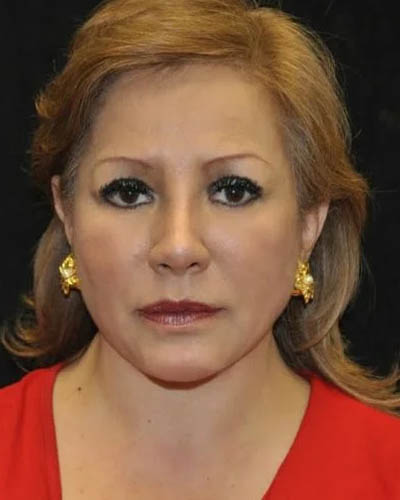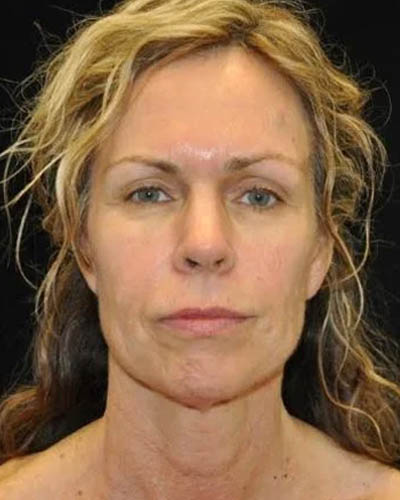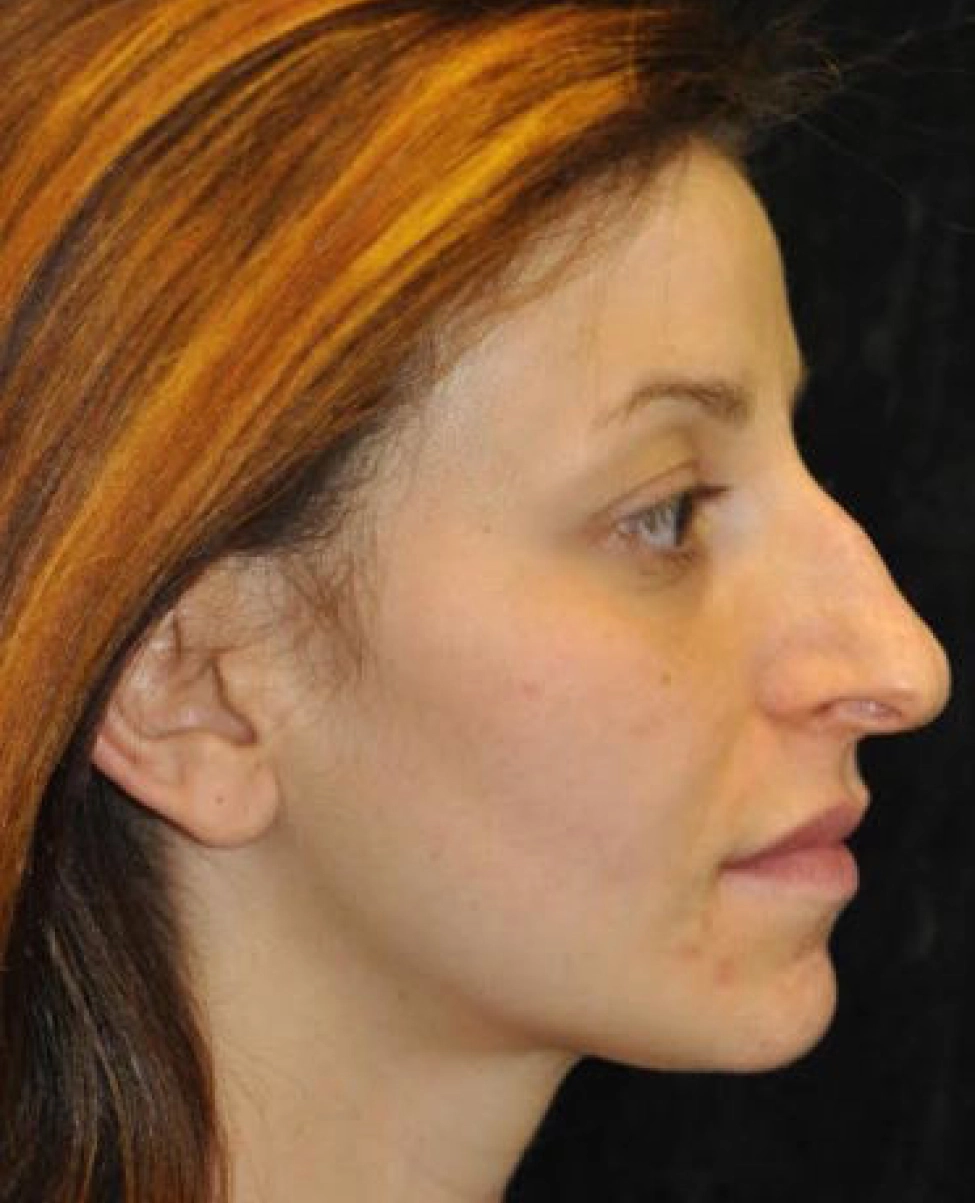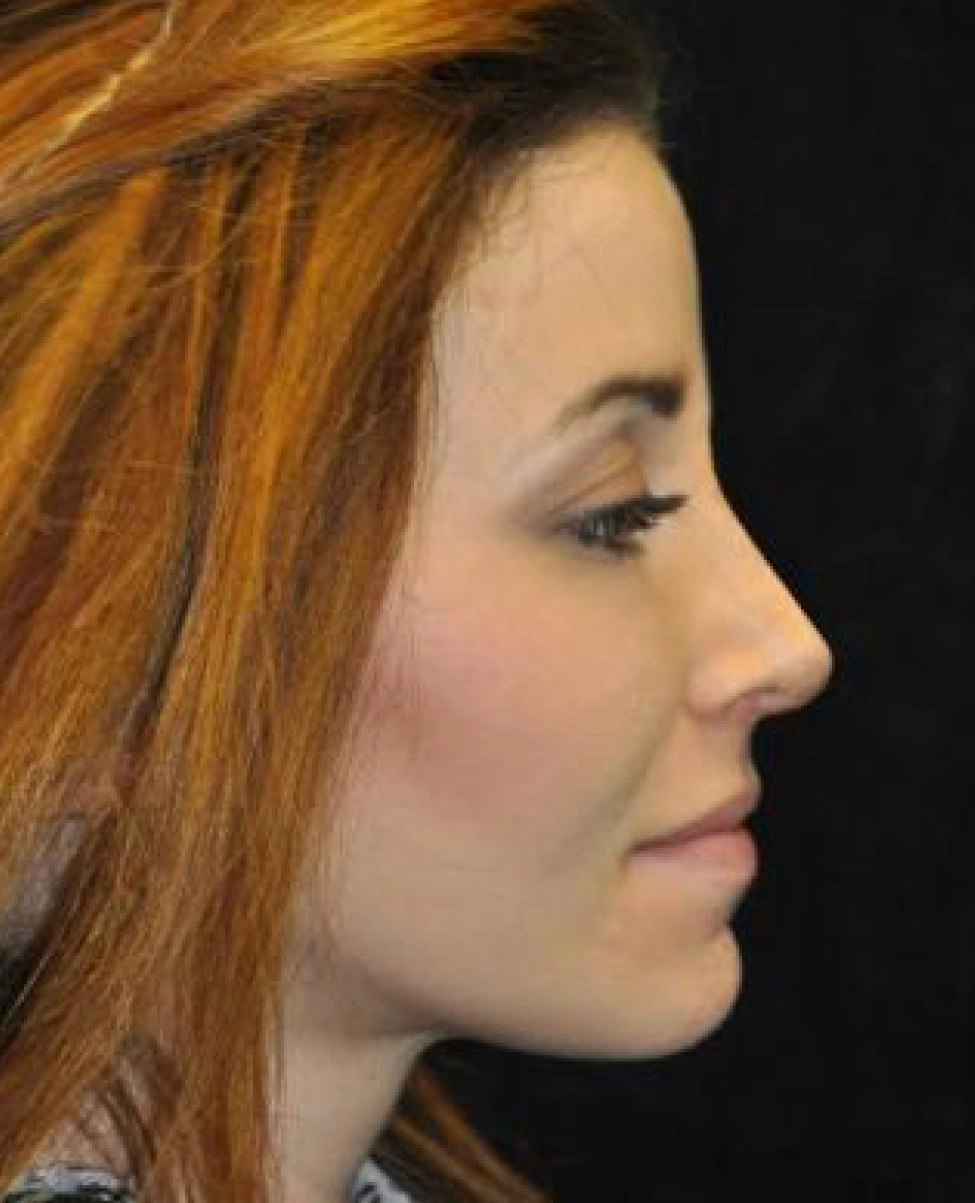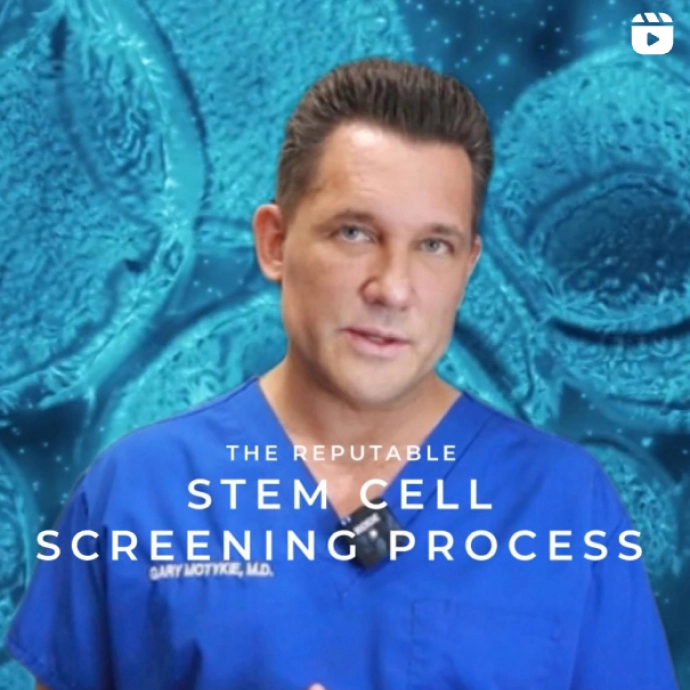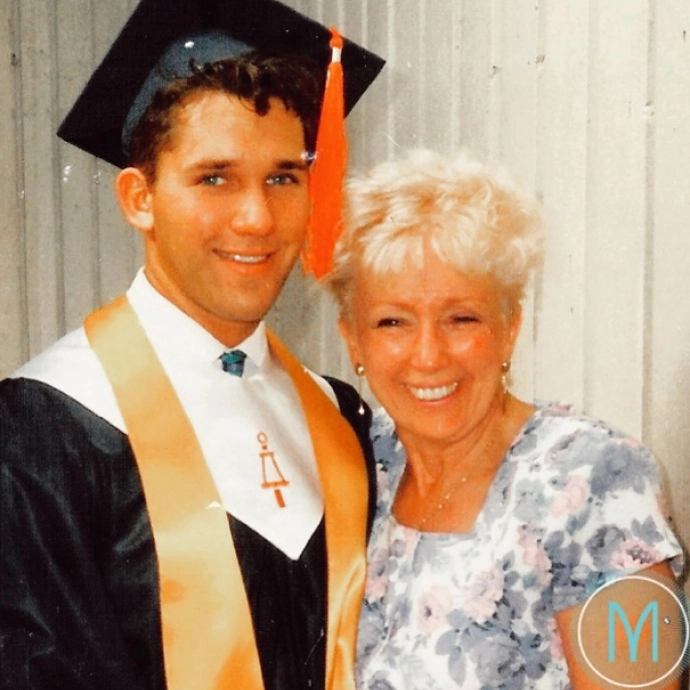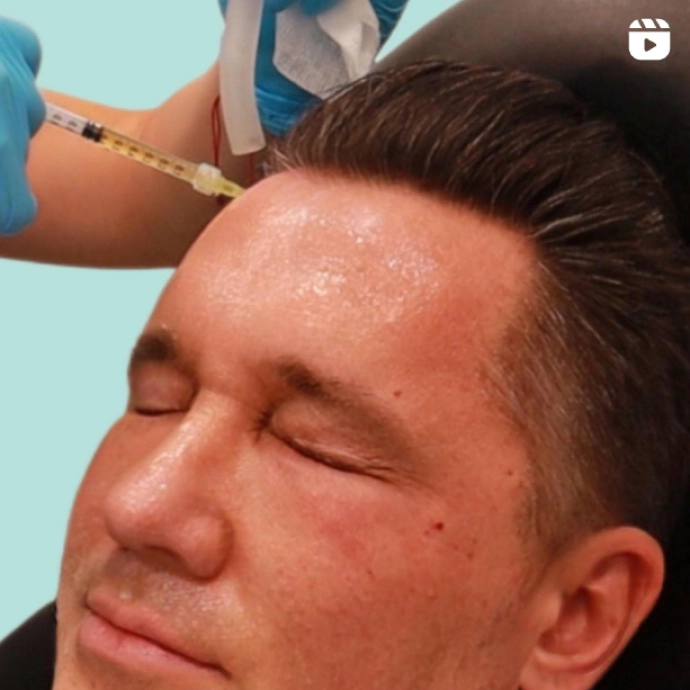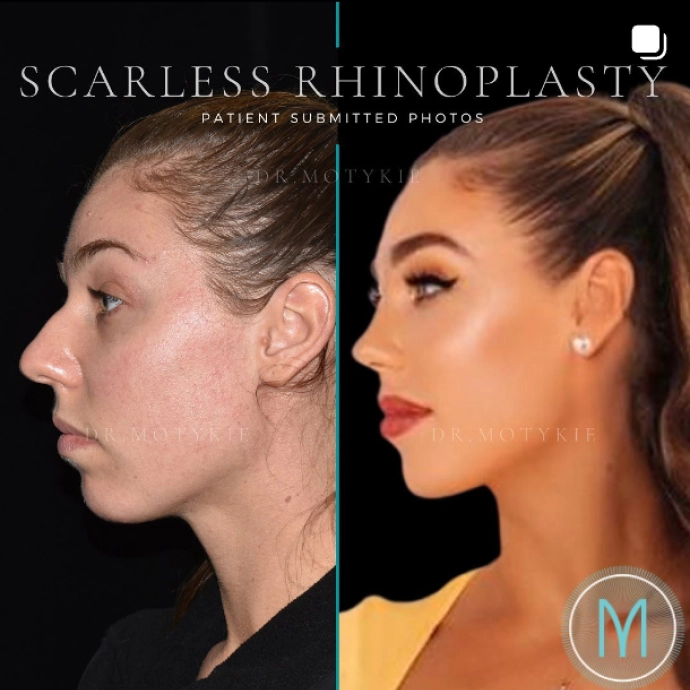- Face
- Breast
- Body
- Injectables
- Skin
- Celluma Led Light Therapy
- Chemical Peels
- Hydrafacial
- IPL Photofacial
- Laser Hair Removal
- Laser Skin Resurfacing (Laser Genesis)
- Medical Grade Facials
- Morpheus8
- Microneedling
- PRFM / PRP (EZ Gel)
- RF BTL Exilis
- Spider Veins & Vascular Leisons+ (ExcelV)
- Sun & Brown Spot Removal
- Stem Cell Facelift
- Thread Lifts
- Anti-Aging
- Hair
- About
- Locations
- Gallery
- Resources
- Consultation
 In the ever-evolving world of cosmetic enhancements, the quest for youthful appearance remains a top priority for many. Among the myriad of options available, PDO threads have emerged as a non-surgical contender promising a facelift-like effect. But can these threads really offer the same results as a traditional facelift? Let’s explore the science, benefits, and limitations of PDO threads to help you make an informed decision. Board-certified plastic surgeon Dr. Gary Motykie performs facelift and PDO threads for patients in Beverly Hills, West Hollywood, Los Angeles, and surrounding locations.
In the ever-evolving world of cosmetic enhancements, the quest for youthful appearance remains a top priority for many. Among the myriad of options available, PDO threads have emerged as a non-surgical contender promising a facelift-like effect. But can these threads really offer the same results as a traditional facelift? Let’s explore the science, benefits, and limitations of PDO threads to help you make an informed decision. Board-certified plastic surgeon Dr. Gary Motykie performs facelift and PDO threads for patients in Beverly Hills, West Hollywood, Los Angeles, and surrounding locations.
What Are PDO Threads and How Do They Work?
PDO threads, or Polydioxanone threads, have been utilized in medical settings for various procedures due to their absorbable nature. In cosmetic applications, these threads are introduced into the skin through a minimally invasive procedure aimed at lifting and tightening sagging areas. The insertion of PDO threads involves threading them beneath the skin using a fine needle, creating a supportive framework that combats the effects of gravity.
Once placed, these threads stimulate the body’s natural healing process, promoting collagen production in the treated areas. Collagen, a vital protein responsible for skin elasticity and firmness, gradually increases, resulting in improved skin texture and a subtle lift. The immediate mechanical lift provided by the threads is complemented by this longer-term collagen boost, enhancing the skin’s overall appearance over several months.
The procedure for inserting PDO threads is generally performed under local anesthesia, making it a comfortable option with minimal discomfort. Unlike traditional surgical methods, there are no large incisions or extensive tissue manipulation, which significantly reduces the recovery time. Most patients can return to their normal activities within a few days, experiencing only mild swelling or bruising, if any.
PDO threads come in various types, such as mono, cog, and screw threads, each designed for specific lifting and rejuvenating purposes. Mono threads primarily focus on collagen stimulation, while cog threads have barbs that provide a more substantial lift. Screw threads, being intertwined, add volume and are especially effective in areas needing more pronounced enhancements.
Overall, PDO threads offer a versatile, less invasive option for those seeking cosmetic improvement without the extended downtime and commitment of surgical procedures. Their ability to stimulate collagen and provide immediate lifting effects makes them a popular choice for facial rejuvenation.
Comparing the Procedures: PDO Threads vs. Facelift
PDO threads and facelifts are distinct in their approach, recovery, and results. A facelift involves surgical incisions and the removal or repositioning of skin and tissue, often producing dramatic and long-lasting outcomes. This comprehensive method addresses deeper wrinkles and significant skin sagging, making it suitable for those with more advanced aging signs.
Conversely, PDO threads provide a non-surgical option that involves inserting absorbable threads under the skin to lift and stimulate collagen production. The procedure is minimally invasive, typically involving only local anesthesia and resulting in minor swelling or bruising. This makes PDO threads an attractive choice for those looking to avoid the downtime and risks associated with surgery.
While PDO threads can effectively lift and rejuvenate areas like the cheeks, jawline, and neck, they may not offer the extensive correction achievable with a facelift. The threads’ immediate lifting effect combined with collagen stimulation can yield noticeable improvements, but may not fully address severe sagging or deep-set wrinkles.
Recovery time also differs significantly between the two. A traditional facelift often requires weeks of downtime, with noticeable swelling and bruising that can persist for a significant period. In contrast, most individuals undergoing PDO thread treatments can resume normal activities within a few days.
The longevity of results varies as well. Facelift outcomes can last up to a decade, offering a more permanent solution. On the other hand, the effects of PDO threads generally last one to two years, providing an option for those who prefer less permanent but more adaptable enhancements.
Overall, the choice between PDO threads and a facelift depends on the desired extent of improvement, recovery preferences, and long-term goals.
Effectiveness of PDO Threads Versus Facelifts
When evaluating the effectiveness of PDO threads versus facelifts, it’s essential to consider the specific outcomes each method can deliver. PDO threads are particularly effective in offering a natural lift by targeting sagging skin and improving texture through collagen stimulation. They work well for individuals with mild to moderate aging concerns, such as slight sagging around the cheeks, jawline, and neck. The results are subtle yet noticeable, providing a refreshed appearance without the drastic changes often associated with surgical facelifts.
Facelifts, on the other hand, offer a more comprehensive approach to facial rejuvenation. They address not only skin laxity but also underlying muscle and tissue structures, providing a more significant lift and smoother, more youthful contours. This makes facelifts particularly suitable for those with pronounced sagging and deeper wrinkles that PDO threads may not fully correct.
The key distinction lies in the depth of treatment and the extent of visible improvement. While PDO threads provide immediate lifting effects and continued enhancement over several months due to collagen production, facelifts deliver more dramatic and enduring transformations. Facelifts can significantly reverse the signs of aging, offering a more youthful and revitalized appearance that lasts for many years.
Additionally, the degree of invasiveness and recovery time are important factors to consider. PDO threads are minimally invasive, involving minor discomfort and quick recovery, whereas facelifts require surgical intervention, resulting in a longer healing process but more pronounced outcomes. Each method has its strengths, and the choice largely depends on the individual’s aging concerns, desired results, and willingness to undergo surgical procedures.
Longevity of Results: PDO Threads and Facelifts
When considering the longevity of results from PDO threads versus a facelift, the contrast is notable. A facelift can provide outcomes that last up to a decade, offering a long-term solution for those seeking significant and enduring facial rejuvenation. This is largely due to the comprehensive nature of the procedure, which addresses both skin laxity and underlying structural issues.
On the other hand, the results from PDO threads generally last between one to two years. As the threads dissolve, the collagen they stimulate can continue to offer some degree of support and lift, but the effects diminish over time. This shorter duration might seem less appealing; however, it offers the advantage of flexibility. Because PDO threads are non-permanent, they allow for periodic touch-ups and adjustments. This can be particularly beneficial for those who prefer to avoid the long-term commitment of surgical procedures or who wish to make gradual enhancements.
Additionally, the less invasive nature of PDO threads means that subsequent treatments can be performed with relative ease, maintaining the desired aesthetic with minimal disruption to daily life. Thus, while the longevity of PDO threads is not as extensive as a facelift, their adaptable nature provides a viable option for ongoing facial rejuvenation.
Who Is an Ideal Candidate for PDO Threads?
Individuals in their 30s to 50s experiencing early signs of aging, such as mild to moderate skin laxity and sagging, are often ideal candidates for PDO threads. This minimally invasive procedure appeals to those who are not yet ready for a surgical facelift but still seek noticeable improvement in areas like the cheeks, jawline, and neck. People with realistic expectations who desire a subtle, natural-looking lift and improved skin texture without extensive downtime find PDO threads particularly attractive.
Ideal candidates are also those who prefer non-permanent solutions, allowing them the flexibility for periodic touch-ups and adjustments. Additionally, PDO threads are suitable for individuals who have a relatively healthy skin condition, free of severe acne or active skin infections, which could compromise the results or healing process.
Consulting with a qualified practitioner is essential for determining candidacy, as they can assess individual skin conditions and anatomical factors. This professional evaluation ensures that PDO threads will provide the desired outcomes safely and effectively, tailored to the unique needs of each patient. Those with a good understanding of the procedure and its limitations are likely to achieve the most satisfaction from their treatment.
Conclusion: Making the Right Choice for You
Deciding between PDO threads and a facelift is a personal journey that depends on various factors including your aesthetic goals, the extent of aging signs, and your willingness to undergo surgical procedures. PDO threads offer a less invasive option with minimal downtime, making them suitable for those who seek a subtle, natural lift and collagen boost without a long recovery period. They are ideal for addressing early signs of aging and provide the flexibility for periodic adjustments.
In contrast, a facelift is a more comprehensive procedure that can address significant sagging and deeper wrinkles, delivering dramatic and long-lasting results. This option is well-suited for individuals with more advanced aging concerns who desire a significant transformation and are prepared for the associated recovery time.
Consulting with an experienced cosmetic surgeon or dermatologist is crucial for making an informed decision. A professional assessment will help determine which option aligns best with your skin condition and desired outcomes. It’s also an opportunity to discuss any concerns or questions you may have about the procedures.
Understanding the benefits and limitations of each option will empower you to choose the path that best fits your lifestyle and aesthetic aspirations. Whether opting for the minimally invasive PDO threads or the more transformative facelift, the goal is to enhance your appearance in a way that boosts your confidence and overall satisfaction.
Contact Beverly Hills Board Certified Plastic Surgeon Dr. Gary Motykie to Schedule a Consultation
Click Here for Virtual Consultation
Click Here to Schedule a In Office Consultation
To see more services and treatments provided by Board Certified Plastic Surgeon, Dr. Motykie in Beverly Hills | Los Angeles | West Hollywood, CA and his team please visit:

